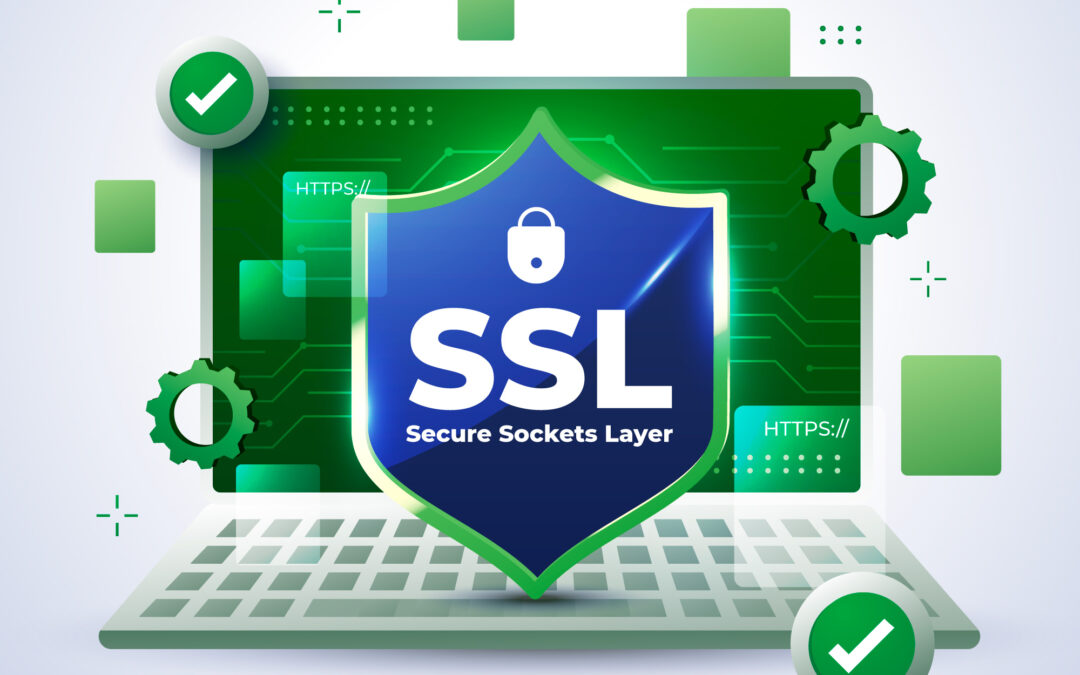The internet has become the backbone of modern communication, commerce, and social interaction. As dependence on this virtual realm increases, so do the vulnerabilities associated with it. Among the myriad of security protocols designed to safeguard data in transit, Secure Sockets Layer (SSL) stands out as a pivotal technology. This article delves into the multifaceted role of SSL in ensuring robust network security, elucidating its mechanisms and the various types that cater to different security needs.
SSL, a cryptographic protocol, was designed to provide secure communication over a computer network. It facilitates encrypted connections between clients and servers, thereby ensuring confidentiality, integrity, and authenticity of data transmitted across the web. Over the years, SSL has undergone significant evolution and has largely been succeeded by Transport Layer Security (TLS), though the term SSL is still widely used interchangeably. Regardless, understanding its foundational principles remains crucial.
At its core, SSL operates through a method known as public key cryptography. This form of encryption utilizes a pair of keys: a public key, which can be shared openly, and a private key, which must be kept secret. When a client—such as a web browser—connects to a server, the server presents its SSL certificate, which contains the public key. This initiates a handshake process where both parties agree on a shared secret, enabling them to communicate securely. The intricacies of this handshake are crucial as they establish the secure channel needed for data transmission.
One of the primary functions of SSL is to ensure confidentiality. By encrypting the data exchanged between the client and server, SSL prevents unauthorized entities from deciphering the contents. This is particularly valuable in scenarios such as online banking transactions or entering sensitive information like social security numbers. Without SSL, this data could easily be intercepted by cybercriminals, leading to identity theft or financial loss.
In addition to confidentiality, SSL also guarantees data integrity. This means that the information transmitted cannot be altered without detection. Through the use of cryptographic hash functions, SSL ensures that any change made to the data in transit will be evident to both parties. If a malicious actor attempts to manipulate the data, the hash will not match when the recipient verifies it, alerting them to potential tampering.
Moreover, SSL plays a critical role in authentication. The SSL certificate issued to a site verifies the identity of the server, assuring users that they are communicating with the legitimate entity. This is essential in a digital landscape rife with phishing attacks, where malicious sites masquerade as trustworthy ones to deceive users. By providing a layer of trust, SSL helps users discern the validity of a website, enhancing their overall security posture.
There are various types of SSL certificates available, each catering to different organizational needs and levels of validation. The three primary categories include Domain Validation (DV), Organization Validation (OV), and Extended Validation (EV) certificates. DV certificates are the most basic form, requiring only verification of the domain ownership. They are generally used by smaller sites looking for encryption without the need for extensive vetting.
In contrast, OV certificates provide a higher level of validation. They require the organization to undergo a vetting process that confirms its legitimacy. This type of certificate is ideal for businesses that wish to establish a greater degree of trust with their customers, as the certificate includes the organization’s name in the certificate details.
At the pinnacle of SSL certificates is the EV certificate, known for its rigorous validation process that includes extensive checks of the organization’s identity and operational status. Websites utilizing EV certificates typically display a green address bar, signifying a high level of trust and security. This visual cue instills confidence in users, particularly when they are engaging in sensitive transactions.
The implementation of SSL not only benefits individual sites but also contributes to the broader security of the internet. Major web browsers have begun to phase out the display of non-secure sites, labeling them as “not secure.” This shift encourages organizations to adopt SSL, propelling an industry-wide enhancement of security protocols. As the digital landscape continues to evolve, SSL remains a fundamental building block in the architecture of network security.
In addition to traditional websites, SSL is increasingly integral to securing application programming interfaces (APIs), which are vital in enabling the interaction between different software systems. In an era where microservices and cloud computing dominate the tech landscape, SSL ensures secure connections between various components, safeguarding data exchanges that occur in the background.
Furthermore, the adoption of SSL is not devoid of challenges. Implementing SSL certificates can incur costs, particularly for organizations that opt for OV or EV certificates. Additionally, maintaining these certificates requires diligent oversight to ensure they do not expire, which could result in service interruption and loss of user trust. Furthermore, while SSL reduces the risk of data interception, it does not eliminate all potential threats, necessitating a multi-faceted approach to cybersecurity.
In conclusion, SSL stands as a cornerstone in the realm of network security, providing essential services that protect the confidentiality, integrity, and authenticity of data. As organizations continue to recognize the importance of secure communication channels, different types of SSL certificates will cater to a spectrum of needs, from basic encryption to rigorous validation processes. In an ever-evolving digital environment, the role of SSL is more significant than ever, fostering a safer online experience for all users.







Leave a Comment